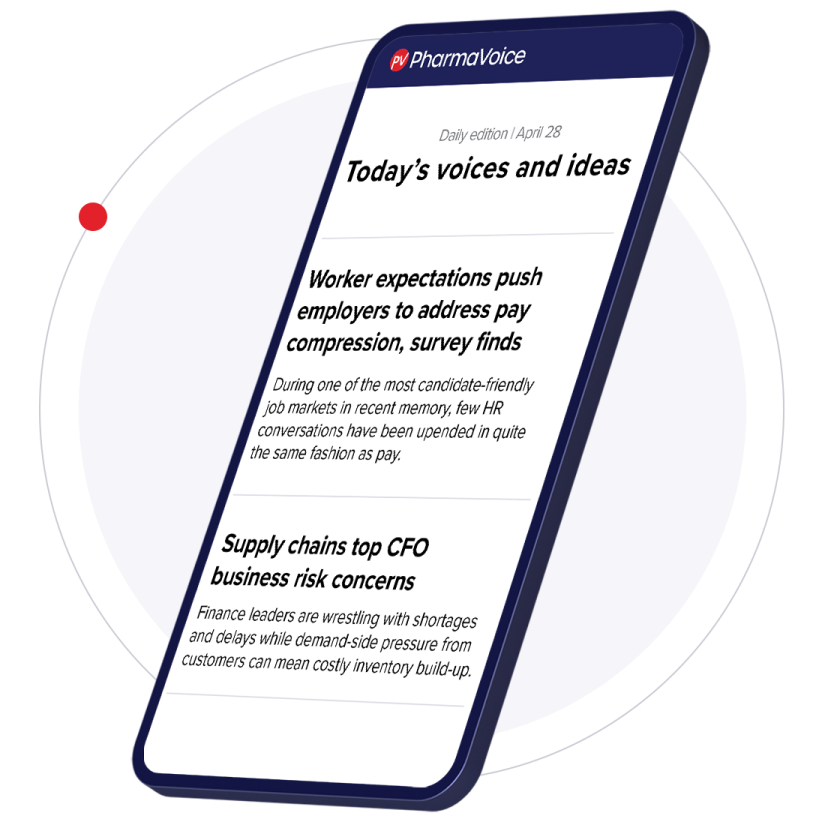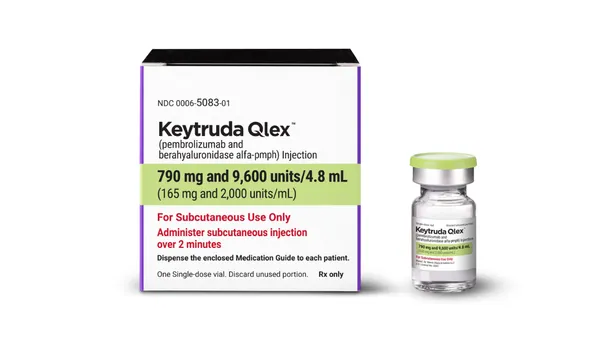Strategic Planning: A Single Mapping Process Can Have Universal Applicability Successful brand managers ensure that the tactical plan is based on a solid strategic foundation and that this foundation is grounded on the key issues to achieve the brand’s marketing goals. Joseph Doyle, R.Ph. Chief Branding & Strategy Officer There is a good reason why many successful brand managers started their careers as successful sales people. Sales people realize that much of their success comes from their ability to align people with divergent interests toward a common goal. Much of the value of the strategic planning done by brand managers for new or marketed brands typically goes beyond the marketing function alone. Done properly, the assessments of a strategic-planning process can ensure alignment of clinical or medical affairs and health economics (HECON) with marketing, and they can facilitate a productive relationship with regulatory affairs. Who better than a successful sales person could pull this off? Starting Strategic Planning on the Right Foot It is important to get off on the right footing with strategic planning by using a strategic mapping exercise. Brand managers should start by inviting key people from their clinical or medical-affairs group, regulatory affairs, HECON, and potentially a sales executive, to a situation analysis and claims mapping meeting for the brand. There are several goals for this meeting: • Create a master plan that integrates and aligns with marketing goals the key elements of the clinical plan to get the desired claims/labeling (new or extended). • Examine the regulatory needs to achieve the claims/labeling. • Identify the outcome requirements to achieve reimbursement. A strategic mapping exercise will allow for the inputs from these areas to be analyzed and will provide an unbiased view of the situation: • The state of the market — What are the current needs and what are the future needs? What are the crucial reimbursement issues that need to be addressed? • Competitors — Who are they, what is their current share and future potential, and what are they doing right and wrong? • Your company — What is the current share and future potential, what are you doing both right and wrong? Gathering the Data Data gathering should involve the individuals identified above, as well as global marketing representatives and their regional marketing counterparts if the brand is, or will be, marketed on a global basis. Data that are typically analyzed include market-research studies that have been conducted by the company or a syndicated third party, internal and syndicated sales/share data, and most importantly, the intellectual capital information gathered from customer-facing personnel in key geographies. Once the data are gathered, it is time for the crucial analysis. First, examine the data from an internal perspective. Look for areas where your company can demonstrate strength compared with the competition. It is equally important to examine the areas where your company is weak and note them well. Second, examine the external environment. Where can your company demonstrate or create an advantage or opportunity vis-à-vis the competition? And where are the threats posed now and in the short- and long-term by the competition? Based on all of the above information, marketers should now be able to identify the key issues that are, or will be, the make-it-or-break-it areas for their brands. Third, marketers need to identify the strategic imperatives necessary to address these issues. From the strategic imperatives, the team should be able to articulate the communications strategies and messages that address the overall market plan. Think of the strategies as the roadways to take the brand from where it is to where it needs to go, based on the imperative. Once there is agreement on the strategic roadways, the next step is to devise the vehicles, or tactics, to drive on these roadways to achieve the plan’s goals. The strategic-mapping process can set the perceptual framework for a whole host of tactics, including opinion-leader interaction, which could encompass investigator-initiated trials, publications, education, promotion, PR, and advocacy. The tactical framework is united by the way each area, albeit in a unique fashion, addresses a key issue identified in the strategic-mapping process. Target audiences can include healthcare professionals, payers, patients, or their advocates. Some audiences may be more appropriate to bring into the plan at different times during the brand’s life cycle. Successful brand managers ensure that the tactical plan is based on a solid strategic foundation and that this foundation is grounded on the key issues to achieve the brand’s marketing goals. The strategic map is a unique tool that provides a single process that has universal tactical applicability. MedErgy Marketing Inc., Yardley, Pa., is a full-service medical marketing agency. For more information, visit medergymarketing.com. September 2006 VIEW on Marketing
An article from


Strategic Planning: A Single Mapping Process Can Have Universal Applicability
Filed Under:
Commercialization










